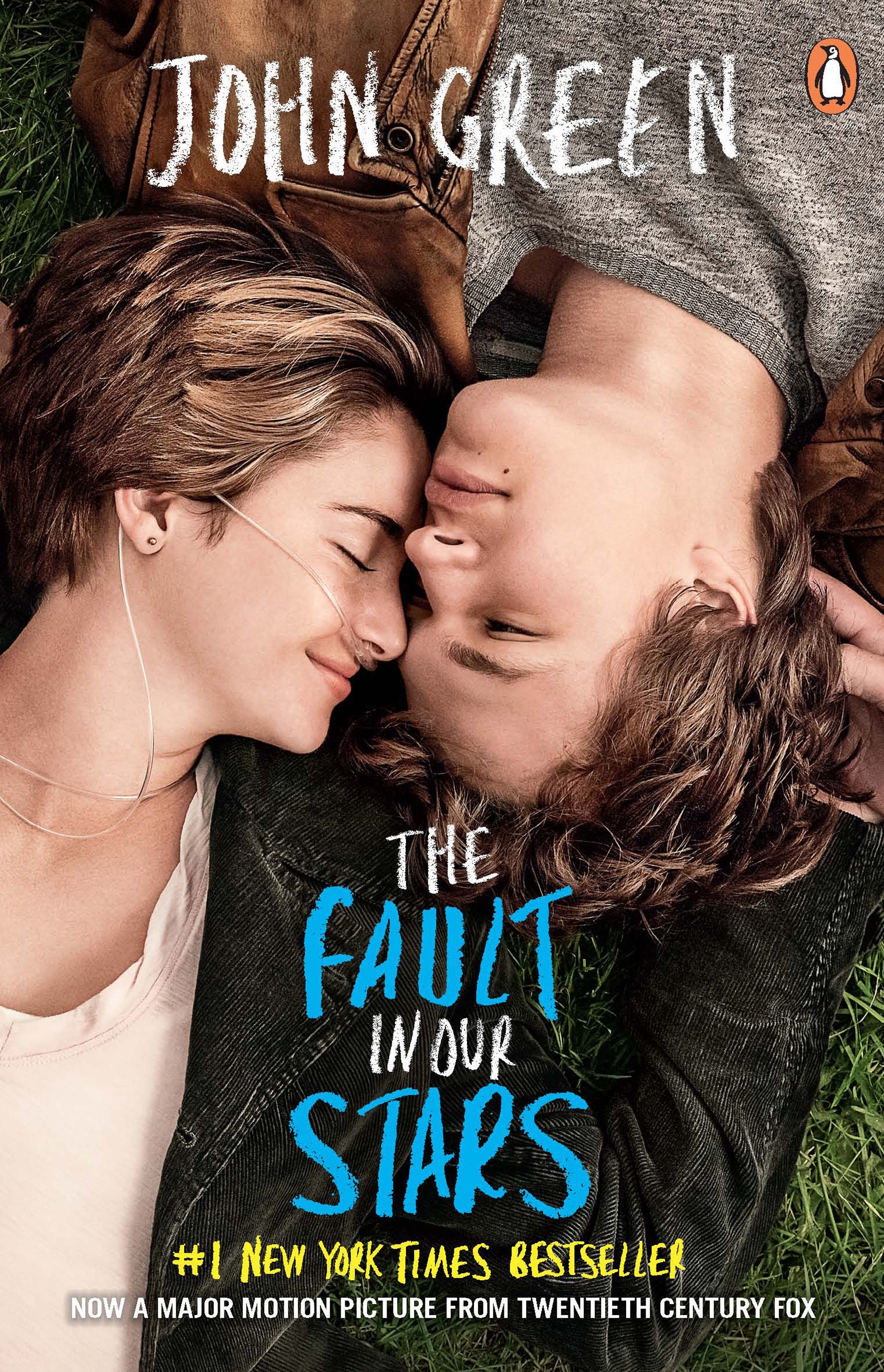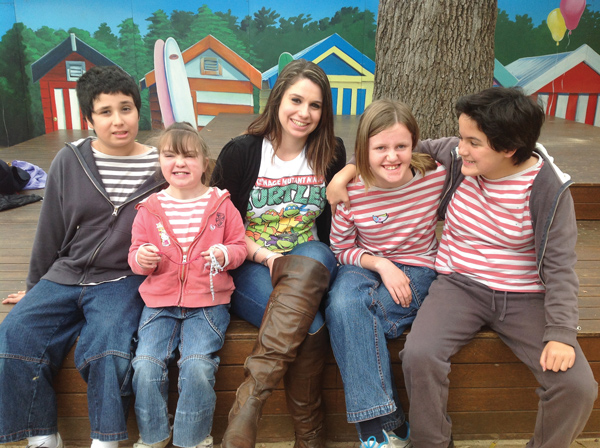It’s hip to be square in 2014, with sales in teen fiction novels enjoying their highest spike in years.Steph Nash
2014 signals the return of the teenage bookworm! According to Australian book store franchise, Dymocks, sales in young-adult fiction are up 25 per cent from the last financial year – that’s 45 per cent higher than the vampire-boom of 2010. This sudden rise in teen readership shows a prominent shift away from the Gothic-fantasy sub-genre, with the surge of popularity for author John Green (Fault in our Stars, Looking for Alaska) indicating a strong teen infatuation with contemporary realism.
Dymocks’ Children’s Category Manager, Ruth Ellis, says that our teens are embracing well-written, true-to-life stories, showing elements of increased reader sophistication.
“There is a lot of buzz at the moment about contemporary teen fiction,” Ellis says. “No vampires. It’s about real teenagers in real life.”
John Green’s novels are by far the most popular teen fiction books this season, with Dymocks reporting to have sold close to 10, 000 copies of Fault in Our Stars in June. This novel tells the story of two teenage cancer victims who fall in love after meeting at a support group. Inspired by Shakespeare’s Julius Caesar, Green’s book is rife with literary allusions – the two lovers bond together over a mutual interest in analysing literature.
Dr Robyn McCallum, English lecturer at Macquarie University, says that many teenagers appeal to complex literary concepts, hoping to challenge their perspective and engage higher order skills.
“A generalised construction of teenagers is that they embrace causes, hence they might be interested in these kinds of books,” says McCallum. “They are beginning to think on higher conceptual levels, and hence are interested in contemplating hypothetical situations.”
As the Children’s Category Manager for Dymocks, Ellis is in charge of selecting teen fiction books for Australian shelves. She said that above all, teenagers appreciate a skilled writer, suggesting that the most popular titles this season involve complex ideas and gifted writing.
“The skill of the writer is the main thing that informs my choice,” she says. “Authors that are skilled in what they do, like John Green, are selling because teens appreciate an incredibly good story-teller. Teens like to read something they can relate to, that is a bit escapist. This is probably why Green’s Fault in our Stars is doing so well.”
Green’s fellow best-sellers for June include sci-fi series writers Cassandra Clare (Mortal Instruments series) and Veronica Roth (Divergent series). The sustained popularity of these novels indicate that although contemporary realism may be taking off this season, fantasy and dystopic fiction will always be a category favourite for Australian teens. Dr McCallum says that political themes engage young readers by making them feel part of the community, with environmental issues popular amongst successful novels.
“If young people are going to pick up a book, as opposed to an iPod, books need to somehow have more appeal,” she says. “Young readers need to be encouraged to be politically engaged, if they aren’t already.”
Top 5 Teen-Fiction Novels – July 2014
1. Fault in our Stars – John Green
2. Gift of Heavenly Fire (Book 6, Mortal Instruments series) – Cassandra Clare
3. Looking for Alaska – John Green
4. Paper Towns – John Green
5. Insurgent (Book 2, Divergent series) – Veronica Roth












